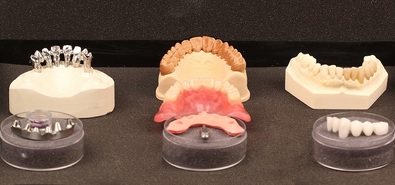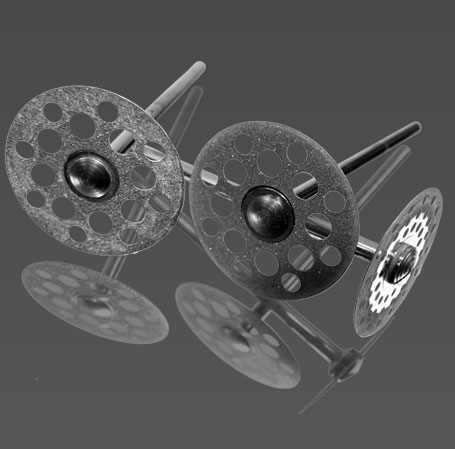
CAD/CAM processing and technical features
Introducing Glashütte – a region known for its famous watch industry
Learn more about digital innovative concepts
Nach bestandener Gesellenprüfung freuen wir uns, Steffi und Rica als neue Fachkräfte im Team der SZT begrüßen zu dürfen. Noch einmal unsere herzlichsten Glückwünsche!
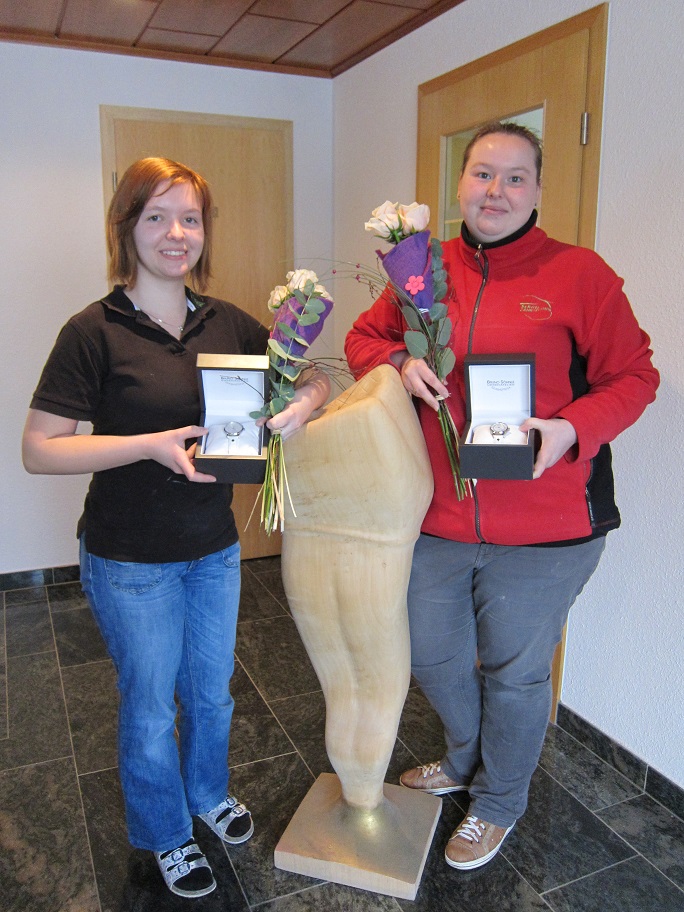
.jpg)
.jpg)
.jpg)
Schütz rüstet auf!
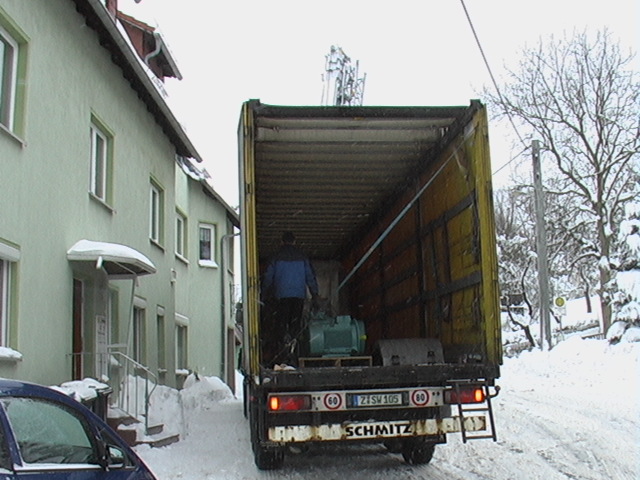 |
Schütz rüstet auf…………
dass dies kein Wiederspruch zu unseren rein pazifistischen Absichten ist, deuten schon die nachfolgenden Bilder unserer neuen schwergewichtigen Fräsmaschine an.
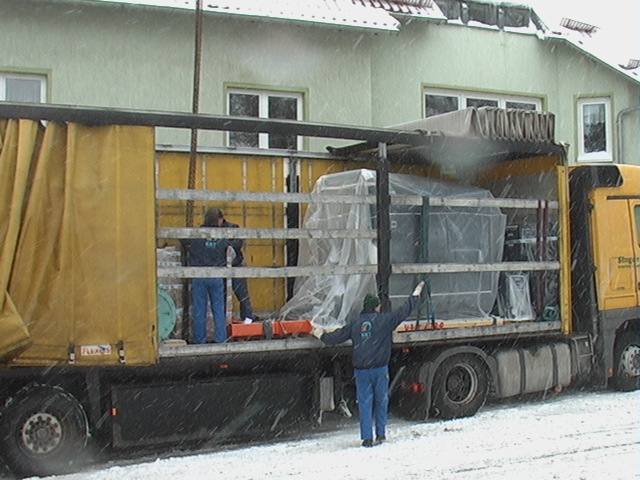 |
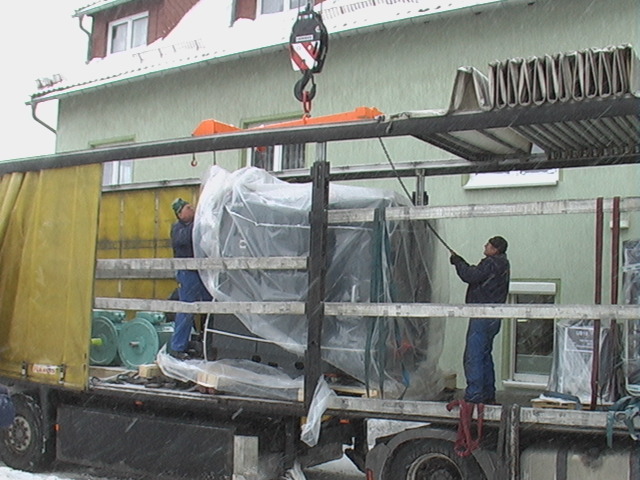 |
Um unserem großen Kundenkreis auch weiterhin ein hochwertiger Fräsdienstleister zu sein, macht es sich erforderlich umfangreich in neue Technik zu investieren.
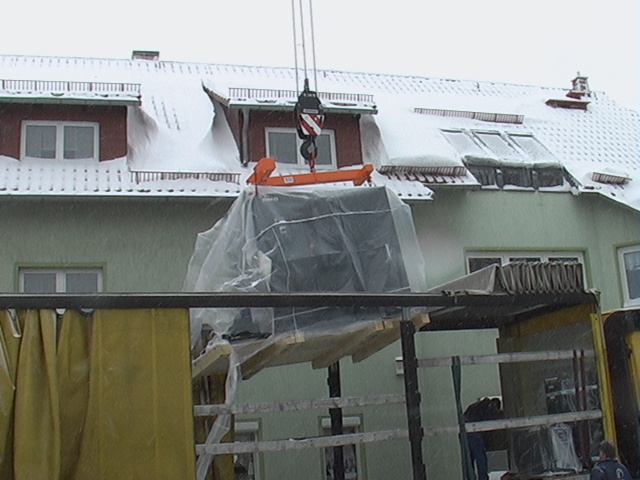 |
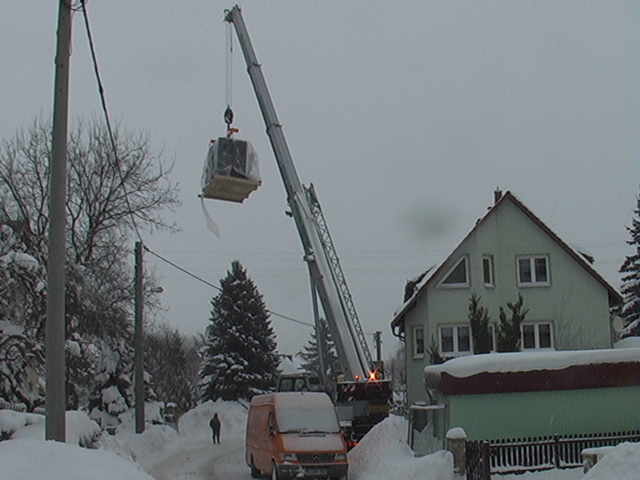 |
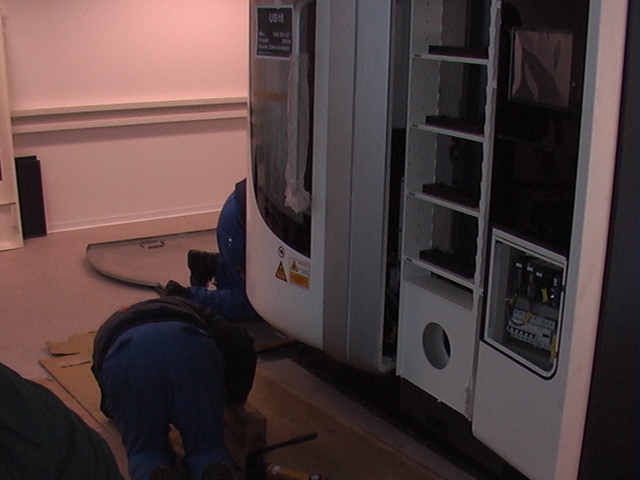 |
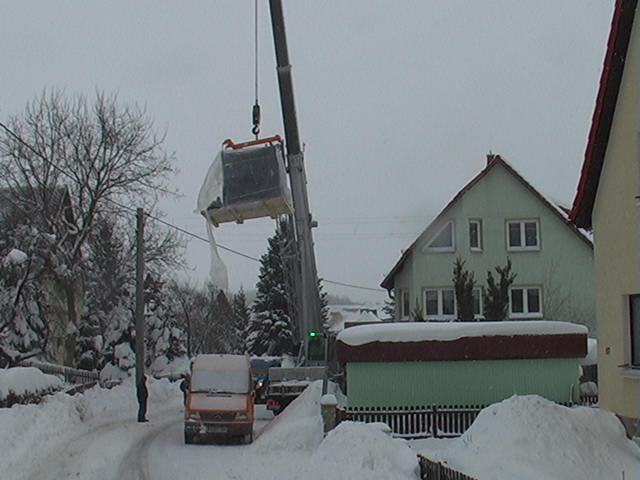 |
.jpg)
Copyrights
The management of the Schuetz Zahntechnik GmbH proudly announced on June 4th, 2009 that the company owns the copyrights for the trademark "Schuetz Dental Guilds”. Furthermore, the administration of the company received official documentation that the trademark is registered at the German Patent and Trademark Office.
Studying in the U.S.
- My Freshmen year at the University of Maine by Tillmann Schuetz

After I finished my social service in Peru last year, I was craving for more international experiences. Right now, I live and study, sponsored by the Schuetz Zahntechnik GmbH, in a small town called Orono, in the extreme northeast of the U.S. More specifically, I study at the University of Maine.
Maine, also known as the "Pine Tree State", has the highest proportion of forest of all U.S. states. As a result, it is no wonder that many tourists enjoy the untouched nature of this beautiful countryside. Most notable is the fact that Maine owns the most visited National Park: The Acadia National Park.
Personally, I enjoy and adore the nature of Maine. It is one of the reasons why I decided to study here. Another, much more important reason why I applied for UMAINE is my connections to the people of this state. In 2004/2005, after I ended my 10th grade in Germany, I traveled to Maine to attend at a High School.
But what am I actually studying at the University of Maine?
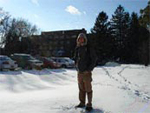
I major in "International Affairs", which deals with national and international economics, law and various social sciences like politics, sociology, geography and history.
As a so-called "freshmen", I already spent a semester at Umaine. Right now, I am in the middle of my mid-term exams of my second part of the year.
However, I will start to work the Schuetz Zahntechnik GmbH in May. My summer job will last for 4month. In August, I will travel back to Maine to begin my second year at the University.
WIELAND Reference Milling Laboratory
The Schütz Zahntechnik GmbH is the Reference WIELAND Milling Laboratory in the region of Saxony. Therefore, we have the most modern machinery and the latest products. Moreover, we can inform you about products, materials and equipment.
IDS | International Dental Exposition – 2009 Cologne
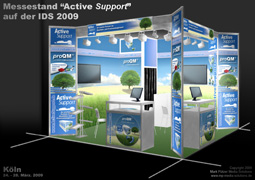
Stand "Active Support"
at the International Dental Exposition
Cologne 24th – 28th of March 2009
Visit our partner “Active Support” at the IDS 2009, Hall 3.2 Floor F No. 009th
Do you have questions about QM? – No problem with the support of our new partner!
The Julia- Concept
It is almost forgotten - the prosperity for many years shaped the image of Germany and the idea of consumption has become a symbol for growth. Even the world of dental technicians seemed to be in prosperity and growth for many years- everything is alright: "Dental technicians are always needed!" "Creativity and craftsmanship will always dominate this profession"! However, almost unnoticed did the cobalt-chromium replace the alloys of precious metals. And what about foreign dentures? Once in a while we hear something about it, but we do not need to respond nor react, right? German dentures are one of the best, right?
Perhaps the reality is different than the previous story explained. Did we lose our connection to reality?
In our days, the prices of precious metal have more than doubled. In some regions, approximately 20% of all dentures are incorporated from foreign countries and the CAD / CAM technology with many machines and systems truly influences dental labs.
No, we did not forget the pioneering spirit. But, the old spirit and the technique of manual work are struggling. Victorious Computer Aided Manufacturing dominates many fields of dental work. Nevertheless, the change of time and technology, gave us ideas to modify the market.
Milestones of our experiences are: 1992 - first DCS-milling machine, 2003 - first Etcon + i-mes milling machine, 2005 CerconBrain + milling machine and Wieland i-mes milling machine, 2007 – one more Wieland i-mes + milling machine. You can find them in our Dental Group!
The pioneering spirit and modern machinery are the components through which we can be successful. The catalyst is boundless love for the profession, highly detailed replicas and dental playfulness, as Mr. Alexander Schubert from ZTM Freiberg embodies, coupled with the experience of dental "primeval rock" Hans-Joachim Steinberg from Neuruppin and the CAD / CAM engineer Harald Brauch from Glashütte and Maik Lieskow from Neuruppin.
The fabrication of a crown/bridge using CAD/CAM technology with the use of all tooth colors is possible and comparable with BEL-cash prizing (standard care).
Why the Julia concept?
The concrete implementation of a thought, absolute focus, the joy of experimentation and partnership working, those are all characteristics of Julia (my girlfriend). …and so I am ready for new tasks. (A. Schubert)
We are happy to present our CAD/CAM-produced zirconium crowns with individualized ceramic paint and coating (by Alexander Schubert, Freiberg), even one eve before the International Dental Exhibition in Cologne, 2009. Everyone has the right to have metal teeth. We see it as our duty to color those dentures with artificial tooth colors.
More than 25,000 denture units of zirconium which we did produce throughout the last three years are an actual mirror of our experience and skills.
Our special page in the local newspaper -Sächsische Zeitung-
Changing a job: from being an offical to being a dental technician
At first some words about me.
My name is Helena Fasmannová - with a degree in law. My former job was in relationship with my background. I graduated from a College of Law teaching and I worked 7 years for the tax officials in Teplice (Czech Republic). In this time I worked in the Department of Income Taxes. Later on, I worked in the Department of Law.
So much about my past! Now, I am more than happy to tell you about my experience in a dental laboratory.
My dream about a working abroad has been fulfilled. I am working in Germany now. Still, the most important thing for me is to improve my German and to gain experience in my new job. Nonetheless, I was very excited; when I received an internship from the Schütz Zahntechnik GmbH, last summer. To be honest, I was not sure how hard it will be to work in Germany. I did not know what will be more challenging: the new specialization in my job, or the language barrier. As a conclusion, I must say that both fears challenged me a lot during my first weeks in Germany.
I consider dental work as real art. Craftsmanship with modern materials are really fascinating me. I'm glad that I had the chance to learn more about it, since I knew only very little about this type of dental work. Thanks to the help and patience of my colleagues, I have gained a lot of knowledge. Moreover, I even tried to work on my first dental crowns.
I think that an experiences like this are giving people, in that case me, more possibilities for there future. Perhaps, it even strengthened my self-awareness! I strongly recommend such internships to other people, not only in Germany or the Czech Republic, but also in other EU countries.
However, I would like to thank Mr. Schütz and Mrs. Paul and especially my colleagues for their patience.
29.10.2008




